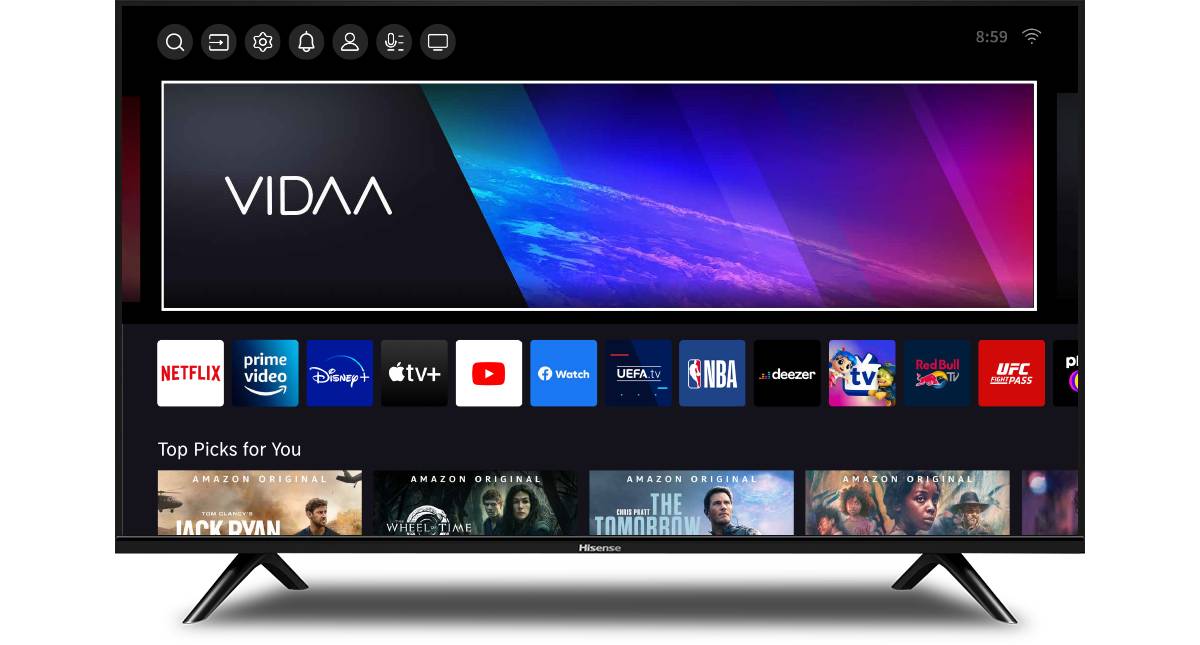Disney has announced it is launching a new contextual advertising tool for its streaming services Disney+ and Hulu, which will enable advertisers to target and tailor ads based on specific moments, moods, or emotions. The product, called ‘Disney’s Magic Words’, is entering beta testing, with GroupM, OMG, IPG Mediabrands, Publicis Media, Dentsu, and Horizon Media all signed on as beta partners.
Magic Words uses AI-based tools to analyse the content on-screen within its library of content, including the items and characters appearing within scenes, any brands present within content, and the mood and emotion of individual scenes within TV shows and films. Disney says it then uses proprietary metadata tagging to label its library of content, enabling advertisers to target based on these properties.
This can be used for contextual targeting. Brands might want to appear in ad breaks next to a scene in a Disney film which is relevant to their category. For example, a car brand could target an ad break just after a car racing scene, or a dating app might want to target a romantic scene.
It can also enable brands to tailor creative based on the content they’re appearing next to. An advertiser might be happy to advertise alongside sombre or sad TV shows or films for example, but might want to use less brash and loud creative for those ad breaks.
Embracing non-standard TV targeting
This kind of targeting has been available in the market for years, usually provided through independent ad tech companies. A number of businesses offer computer vision-enabled video analysis, enabling brands to positively and negatively contextually target video content in a similar manner to Disney. And emotional targeting is offered by a range of players including SSPs and attention measurement specialists.
But Disney’s embrace of this kind of targeting is significant. While the shift to streaming has opened up new targeting and measurement opportunities for media companies established on traditional linear TV, there’s been some hesitancy in adopting new technologies, since it disrupts the ways TV ads are traditionally bought or sold. Even Netflix, a new entrant to advertising, took a fairly conventional approach when it first launched its ad tier (though it’s been adding in more advanced capabilities since then).
But even established TV advertisers are increasingly looking for ways to drive more efficiency in their TV buys. And broadcasters are showing more willingness to experiment with new formats and capabilities in order to meet this demand from the buy-side.
Omnicom Media Group’s chief investment officer Geoffrey Calabrese referenced this in remarks quoted by Reuters. “What that means is leaving broad demos (demographics) behind and buying specific audiences,” he said. “These magic words are literally going to be able to connect me to the emotions of the consumer, at an audience level. And for us, that’s really a game changer.”
Introducing new ad formats and targeting capabilities does have the potential to create complications for the buy-side, since it makes buying across different broadcasters less standardised. But we’re seeing initiatives to help combat this. Last month GroupM launched the Ad Innovation Accelerator, an initiative which brings together a number of broadcasters and tech players to drive standardisation around innovative TV offerings.




